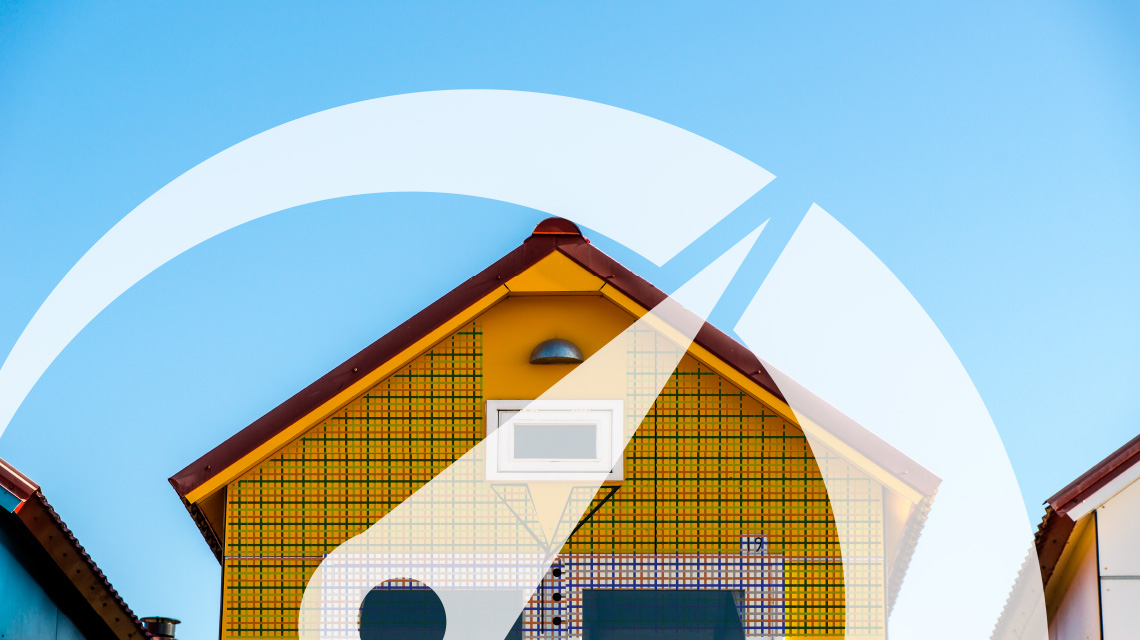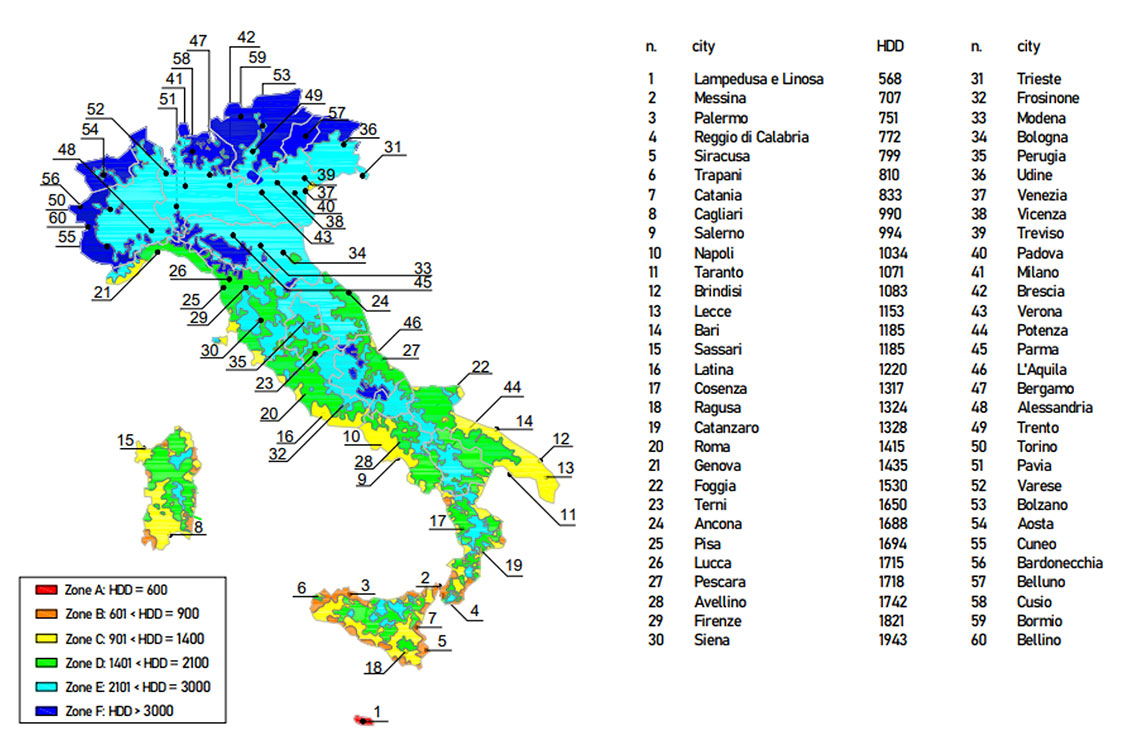Italian National Agency for New Technologies, Energy and Sustainable Economic Development

Energy: Thermal insulation, ENEA developed a new indicator to compare materials
The Economic and Environmental Sustainability Index (ISEA) is a new indicator developed at ENEA to calculate the energy, economic and environmental impact of various materials used in thermal insulation for buildings according to the type of construction and the climate zone. The ENEA researchers performed energy simulations on buildings in 60 Italian cities considered the most representative in terms of number of homes, population and climate characteristics (findings were published in the online magazine “Sustainability”).
"We considered redevelopment interventions on the building using both commercial insulating materials and bio-based materials, adopting a circular economy approach and efficient energy management strategies", explained Flavio Scrucca, ENEA researcher at the Support To Circular Economy Activities Section. “Natural insulators are less employed due to their high cost, although they have a lower environmental impact throughout their life cycle which, depending on the climate zone, can assume values between 1.2 and 2.2 kg of CO2 equivalent/m2, up to 4-10 times lower than the most common synthetic materials which instead have values between 4 and 20 kg".
“When we talk about the economic impact - viewed as the ratio between the initial investment cost and the consequent savings from lower consumption over time – bio-based materials have a higher value in every climate zone due to the higher estimated initial cost. However, the index has made it possible to highlight how, for both the economic and environmental aspects, the cost-benefit ratio of these materials grows with the increase in the energy needs of buildings, especially in colder climates, resulting comparable with that of traditional insulation materials”, pointed out Domenico Palladino, ENEA researcher at the Energy Efficiency in Buildings and Urban Development Laboratory.
Our country counts more than 31 million real estate units, mostly in condominiums, over 80% of which was built before 1991 and just over 65% before 1976. The largest number of homes (about 48%) is in coldest climate zones (E and F), about 45% in moderate zones (D and C), while less than 9% in the warmer ones (B and A). Residential homes are responsible for over 30 Mtoe of national energy consumption[1] (43% of primary energy demand in Italy in 2020) even if, thanks to the policies adopted so far, a cumulative energy saving of around 1 ,3 Mtoe has been achieved. Of all the energy efficiency interventions, so far thermal insulation is still the main strategy for reducing the overall energy demand, especially in renovation interventions. "This work is a first attempt at a combined energy, economic and environmental assessment of thermal insulating materials and shows their importance in building renovation interventions, as they can determine the choice of insulating materials ", concluded the ENEA researchers.

